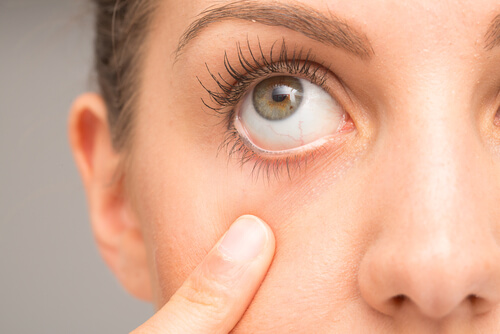
Exophthalmos describes a medical condition where your eyeballs start to remove themselves from the eye socket, giving a bulging appearance. The disorder can affect one or both eyes at the same time. Depending on the severity, exophthalmos may cause issues with your vision due to corneal dryness, which may result in other complications and diseases such as conjunctivitis.
The effects of the syndrome can last for years in the eyes may continue to bulge if you do not receive treatment for the disorder. If left untreated, exophthalmos irritates the eyes, and you may experience severe discomfort that’s challenging to manage.
Here are eight symptoms of bulging eye syndrome. If you notice any of them starting to occur, it’s vital that you visit your doctor or ophthalmologist for a diagnosis. In many cases, exophthalmos Is a symptom of Graves disease, a disorder affecting the thyroid gland. Doctors will draw blood and send it for analysis to check on your thyroid hormone production.
1. Dry Eyes
Bulging eye disorder can cause the onset of dry eyes in the affected individual. As the eyes protrude from the socket, they place pressure on the membrane lining the cornea. This dryness causes irritation and scratching of the cornea resulting in redness and puffiness of the eyes. People who experience the onset of bulging eye disorder find that it’s harder to blink their eyes than usual. As a result of less blinking, the eyes start to dry out.
Patients that are dealing with dry eye syndrome due to bulging eye disorder require the use of a moisturizing eye drops solution, such as natural tears, to relieve the symptoms of discomfort associated with the condition. These eye drops are readily available over-the-counter from your local pharmacy or drug store. We recommend that you use the eye drops throughout the day to help you avoid the symptoms of dry eyes.
If you do not experience any relief from dry eye syndrome using natural tears, speak to your doctor. They may suggest alternative therapies and medications that can help you deal with the symptoms.



